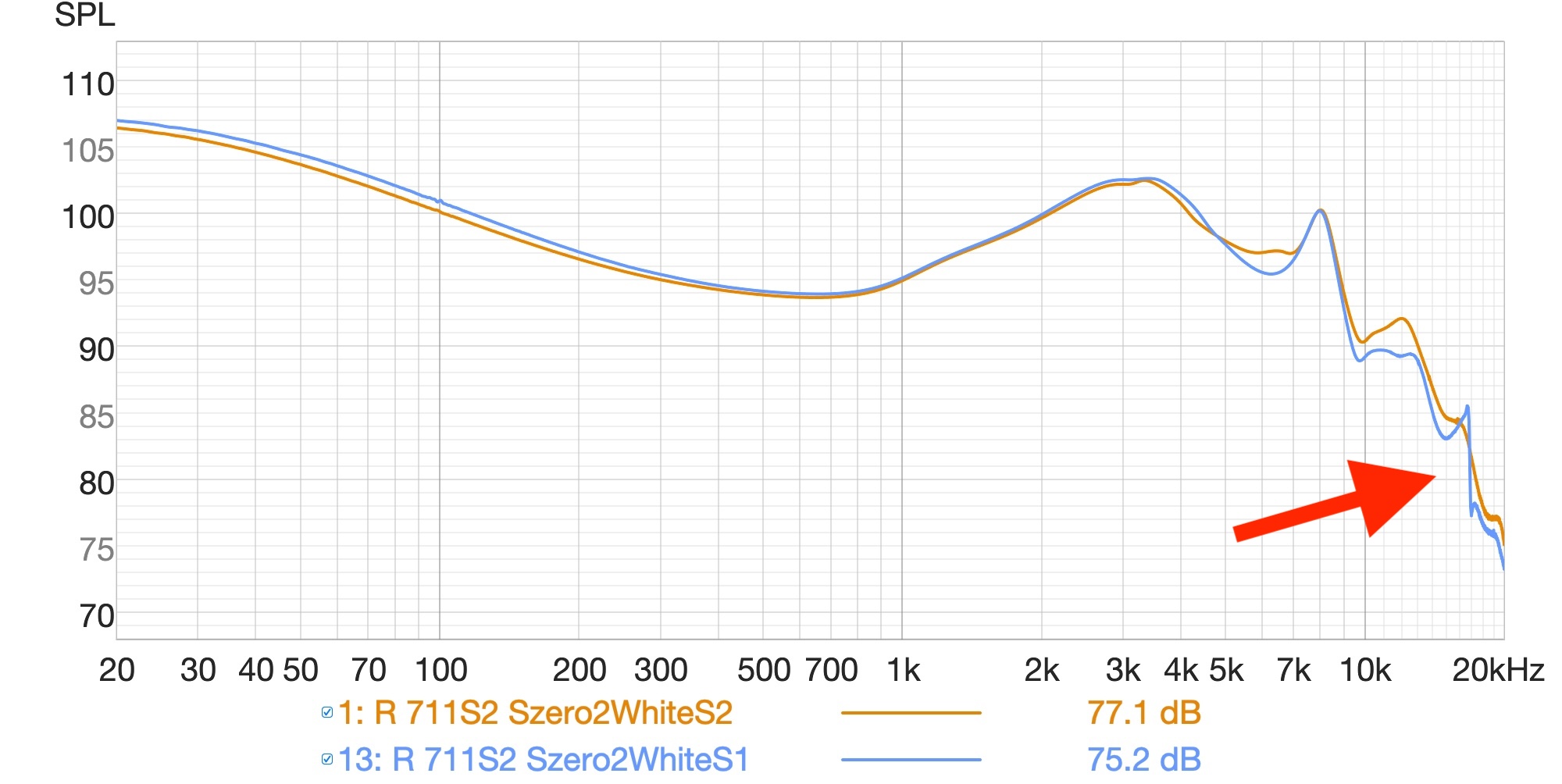VNandor
500+ Head-Fier
- Joined
- Oct 17, 2014
- Posts
- 805
- Likes
- 418
There's a abstract kind of system that is called a "Linear Time-Invariant system". Anything can be considered a system (just not necessarily LTI system) that has at least one input and at least one output. It's especially useful if an actual, real-world physical system can be represented properly by mathematical concepts such as functions, equations, vectors, matrices and so on. Headphones and IEMs are systems that has an input which could be voltage changing over time and that can be represented by a simple, single variable function. The output could be pressure changing over time or the placement of the membrane changing over time (again, something that can be represented by a simple function), so a headphone, or any transducer can be just a single input single output system in a mathematical sense.I'll have to process and read some more on this to understand. I can get to the same measurement methodology (sine sweep recording) producing multiple graphs, that makes sense because all the data is there to calculate the FR, IR, CSD, THD, and whatever else. I'm just struggling to understand how you could extrapolate the system's behavior from just the FR.
An LTI system has certain properties (as the name would imply) that restricts how it behaves so it is simple enough to be entirely described by a single equation. Using this equation, one can tell what the exact output would be for the system for any input signal, and one could also tell what the exact input was based on just the output. The overview section of the wiki article about LTI system explains the fundamentals of what an LTI system is and how a single function can be used to describe it in its entirety. I hate to just throw out a wiki article as if I've done something useful but there must be so much information on this topic because every year, thousands of people have to pass an exam on this exact same topic so I assume the internet is filled to the brim with lectures and courses geared towards people who want to understand this.
Something to note is that headphones are not linear nor time-invariant, however, one could argue that an ideal headphone is an LTI system and for practical purposes, their behaviour is close enough to an LTI system.
Last edited:
























